Isn’t it wonderful when sales have just the right content at their disposal to lead the buyer through all stages of the journey? Sales are closed, quotas met, everyone is happy… Guess what? None of these things will happen if your sales content library is in a mess. That is why the time to revamp is now.
To highlight the urgency, I will mention two statistics:
- In 2013, SiriusDecisions found that about 65% content created by marketing is never used by sales.
- Some years later, IDC study showed that as much as 80% of the content created by marketers isn’t even used by sales.
Not only is the content’s potential not used to the maximum, but it is also a waste of marketing resources.
The Content Marketing Institute explains that the discrepancy between content and its use happens mostly for 3 reasons:
- Sales teams do not know the content is there.
- Takes to much time to search for it.
- There is too much content to go through.
The root cause of all 3 is poor sales library organization.
How come?
Over the years many unnecessary sales collateral pile up – old brochures and online presentations the sales team would not even look at twice, let alone use. While this may not sound detrimental to closing new sales, think how much valuable material (which is there in the first place) is missed out on because of outdated material.
Your company doesn’t remain stagnant, right? It has developed and changed and so has its brand and message. Why would you use old stuff to reflect the new you? It is kind of like keeping a wardrobe full of clothes from your college days when you have changed to a smart and casual style. When you are using old material, you are creating a discrepancy between the way you want to be seen and what you sales collateral says about you.
To fix this, as in, to revamp your sales content library – address what you have, both the good and bad. You will find many things that do not seem to belong in any of the phases of the buyer’s journey. They might seem good and handy to use, but when and where do you put them? Focusing on the buyer’s journey (thoughts and actions) should remain a consistent thought the entire time… drive sales.
The funnel – a properly organized library. A disorganized library means that sales will be spending (read: wasting) significantly more time searching for the material they actually need. Also know as – sales go down.
Now that we have the vision and vehicle, community needs to be top notch. Especially, one involving the sales and marketing departments. Gather around sales reps to say what kind of content has worked best for them, what kind of content has closed most sales, which infographics proved well and which capabilities decks put prospects to sleep. What else would the sales like to see in the content library? And how do they want it to be organized. By listening to them, marketing can identify the gaps in their current content and do something about it.
By having this info at their disposal they will know to create more of the good stuff and remove the bad. Not only do we need sales rep’s anecdotal experience, we also need analytics. Many sales enablement tools come in handy there, testing which content proved most useful and which should be done away with or improved.
Once we pinpoint the ‘winner’, the next thing is to organize it in the library according to the stages where it works best, i.e. awareness, consideration, decision. If you feel that the content does not belong to either of the stages, consider adapting it. Think about the difference in the content you will be distributing to recurring, loyal customers. Once you are done guiding them through the sales funnel, think about how to enrich the content for future outreach. Organize one folder just for loyal customers. Be mindful that sales reps may not want the content to be organized according to stages at all — maybe topic and content classification suits them better, who knows. It is good to reflect and be open minded.
As organizational content has been identified, evaluate if it should be redesigned and edited to reflect the new you, i.e. the changes the company’s image and message have undergone since. During any redesigning phase, make sure that you are consistent throughout your funnel and productions. For example, if you redesigned the presentation, don’t forget the accompanying material, such as case studies among other marketing literature.
Don’t fall for the trap of assuming all sales reps know when to use such content. For this reason it is a good idea to add a brief description about the content, what it is intended for, the pain points it addresses, the keywords that should prompt the sales reps to send this particular material to the prospect, and info about any existing templates that goes with the content.
After you have organized the ‘library’, make sure that all sales reps know about it to begin with. Educate them. Take the time to walk them through the system. And notify them regularly of any new resources as they come along. Remember, if it takes too much work to find the content, sales reps will probably not be bothered. So the trick is to put it at their fingertips.
It doesn’t stop here… Next, make sure that the content, which is frequently asked for is easy to find. Provide sales with templates that will ease the process – a great thing about sales using pre-made and preapproved templates instead of creating their own is that it is easier to measure what works. In this way, everyone will be happy — sales reps for making their job and life easier and you for having measurable data.
Automate everything that you can — CRM systems can automatically prompt sales, which content when to send.
The bottom line: an organized approach is the key to any successful venture. So, why should your sales content library be any different?


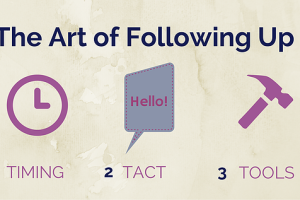
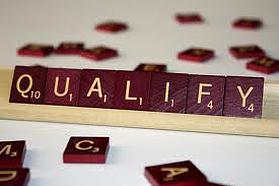
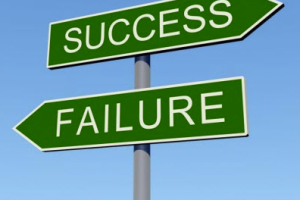
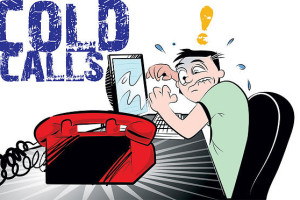

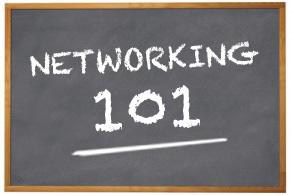

Speak Your Mind